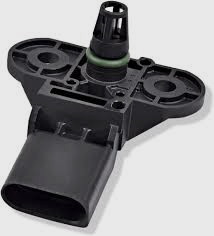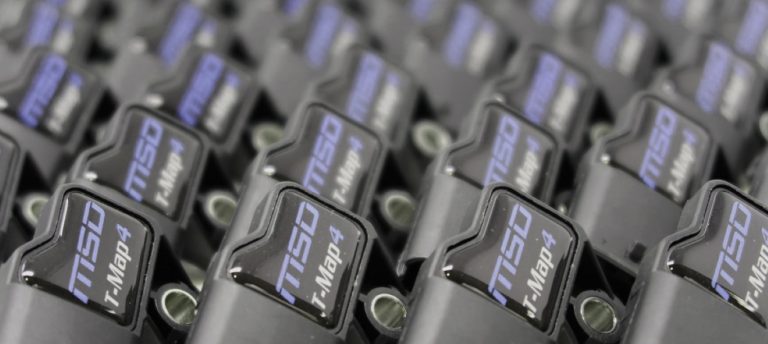How to Bypass the Brake Fluid Sensor? Step-By-Step Guide
Quick Read; To bypass the brake fluid sensor, there are two methods. The first is disconnecting the sensor connector, requiring regular manual checks. The second method involves bridging the sensor connector by touching the exposed wires together. However, bypassing the sensor is not recommended, as it compromises safety by eliminating low brake fluid level alerts.
The brake fluid level sensor is a crucial component of the vehicle’s braking system, designed to alert drivers of low brake fluid levels, ensuring safe driving conditions. However, there are situations where individuals may consider bypassing the sensor. This article explores two methods to bypass the brake fluid level sensor, along with important safety considerations. Welcome to Sensor Guides.
Table of Contents
What are the symptoms of a bad brake fluid level sensor?
Symptoms of a bad brake fluid level sensor include:
Dashboard Warning Light: The most common sign is the illumination of the brake fluid warning light on the dashboard. This light indicates low brake fluid level or a malfunctioning sensor.
Inaccurate Brake Fluid Level Reading: The sensor may provide incorrect readings, showing low brake fluid even when the level is sufficient, or vice versa.
No Warning Light Activation: A faulty sensor may sometimes fail to trigger the warning light, leading to a lack of alert for low brake fluid levels.
Delayed Warning: The warning light might have a delayed response, causing a delay in notifying the driver of low brake fluid levels.
Intermittent Warning Light: The brake fluid warning light may come on and off intermittently, indicating an issue with the sensor’s consistency.
Sticking or Stuck Brake Fluid Level Sensor: A malfunctioning sensor may become stuck, preventing it from accurately detecting the fluid level changes.
Brake Performance Issues: In extreme cases, a bad sensor can lead to brake performance problems, as the driver might not be aware of actual low brake fluid levels.
If any of these symptoms are observed, it is essential to have the brake fluid level sensor inspected and, if necessary, repaired or replaced promptly to ensure proper brake system functioning and road safety.
How to Bypass the Brake Fluid Sensor? 02 Methods Explained
Method 1: Disconnecting the Sensor Connector
The first method involves disconnecting the sensor connector. To do this, locate the sensor on the brake fluid reservoir, where you’ll find a connector with two wires.
The sensor is bypassed by gently pushing the locking tabs and pulling the connector apart. However, this approach requires regular manual checks of the brake fluid level to ensure optimal safety.
Method 2: Bridging the Sensor Connector
The second method offers a more permanent bypass but eliminates the sensor’s alert function. Similar to the first method, locate the sensor and strip about 1/2 inch of insulation off the wires.
Bridge the connector by touching the exposed wires together. Caution should be exercised as this method may compromise safety awareness of low brake fluid levels.
What is the Importance of Brake Fluid Level Monitoring?
The brake fluid level sensor serves as a vital safety feature, warning drivers of potentially hazardous low brake fluid levels. Bypassing the sensor can pose safety risks, as it hinders timely alerts and may lead to brake performance issues.
Regularly checking the brake fluid level manually is essential to ensure the braking system’s integrity.
Safety Tips for Bypassing the Brake Fluid Level Sensor
If you bypass the sensor, adhere to these safety tips: Always check the brake fluid level before driving to maintain optimal braking performance. Refrain from driving if the brake fluid level is low, which can compromise the vehicle’s braking ability.
Additionally, prioritize promptly repairing or replacing a malfunctioning brake fluid level sensor to ensure the safety of yourself and others on the road.
Conclusion
While bypassing the brake fluid level sensor may seem like a convenient solution, it is not recommended due to potential safety hazards. The sensor’s role in alerting drivers to low brake fluid levels is crucial for maintaining a safe driving environment. Remember to prioritize safety by regularly checking brake fluid levels and promptly addressing any issues with the brake fluid level sensor to ensure optimal braking performance and road safety.






